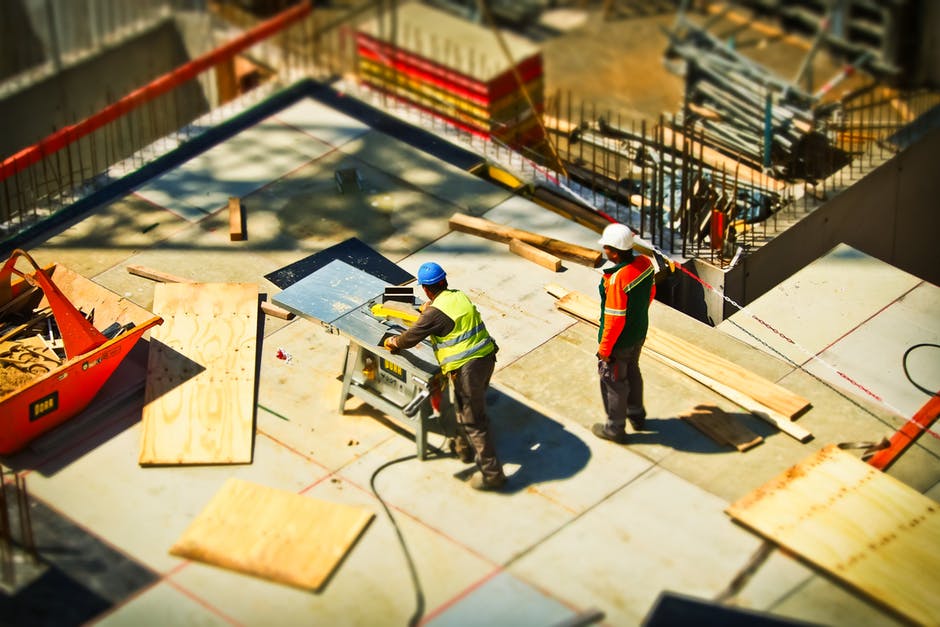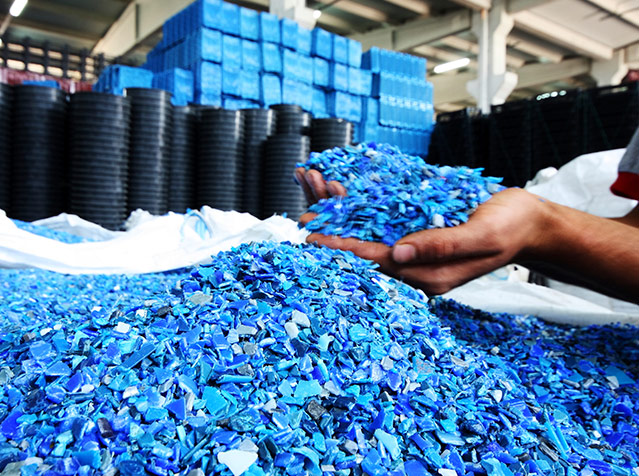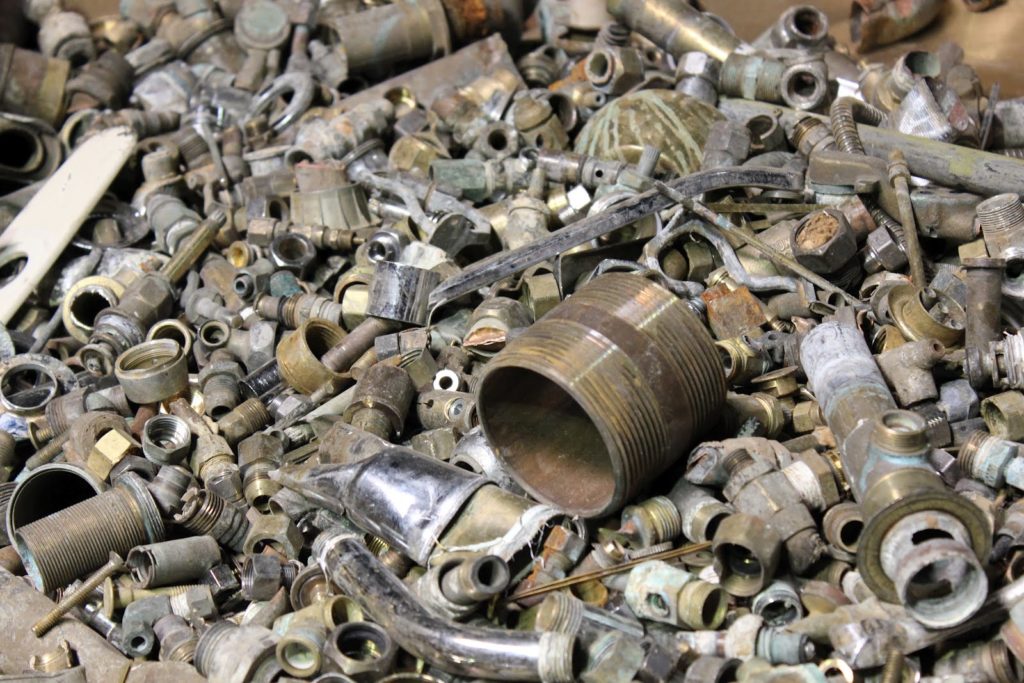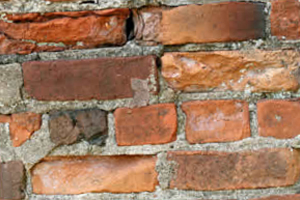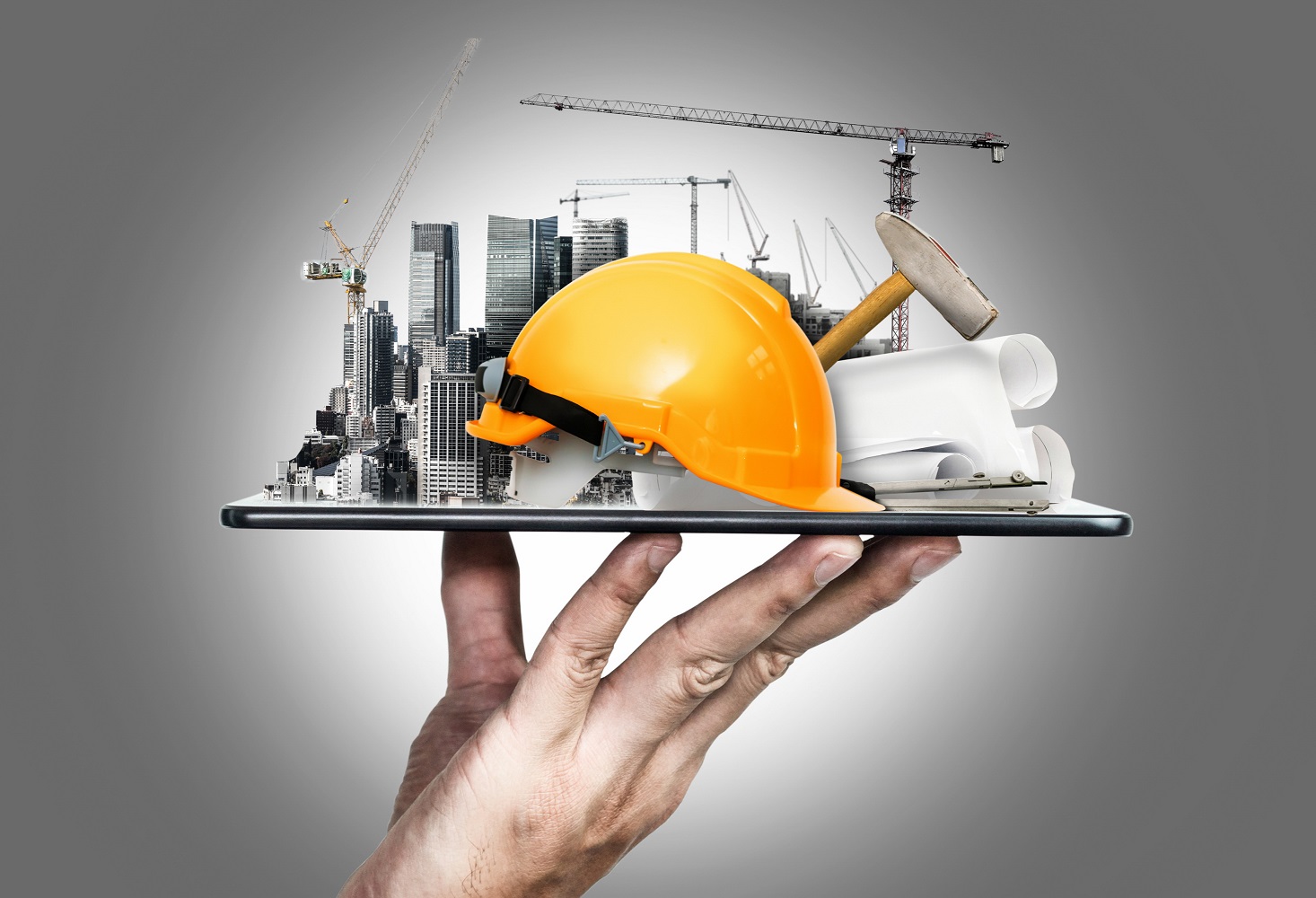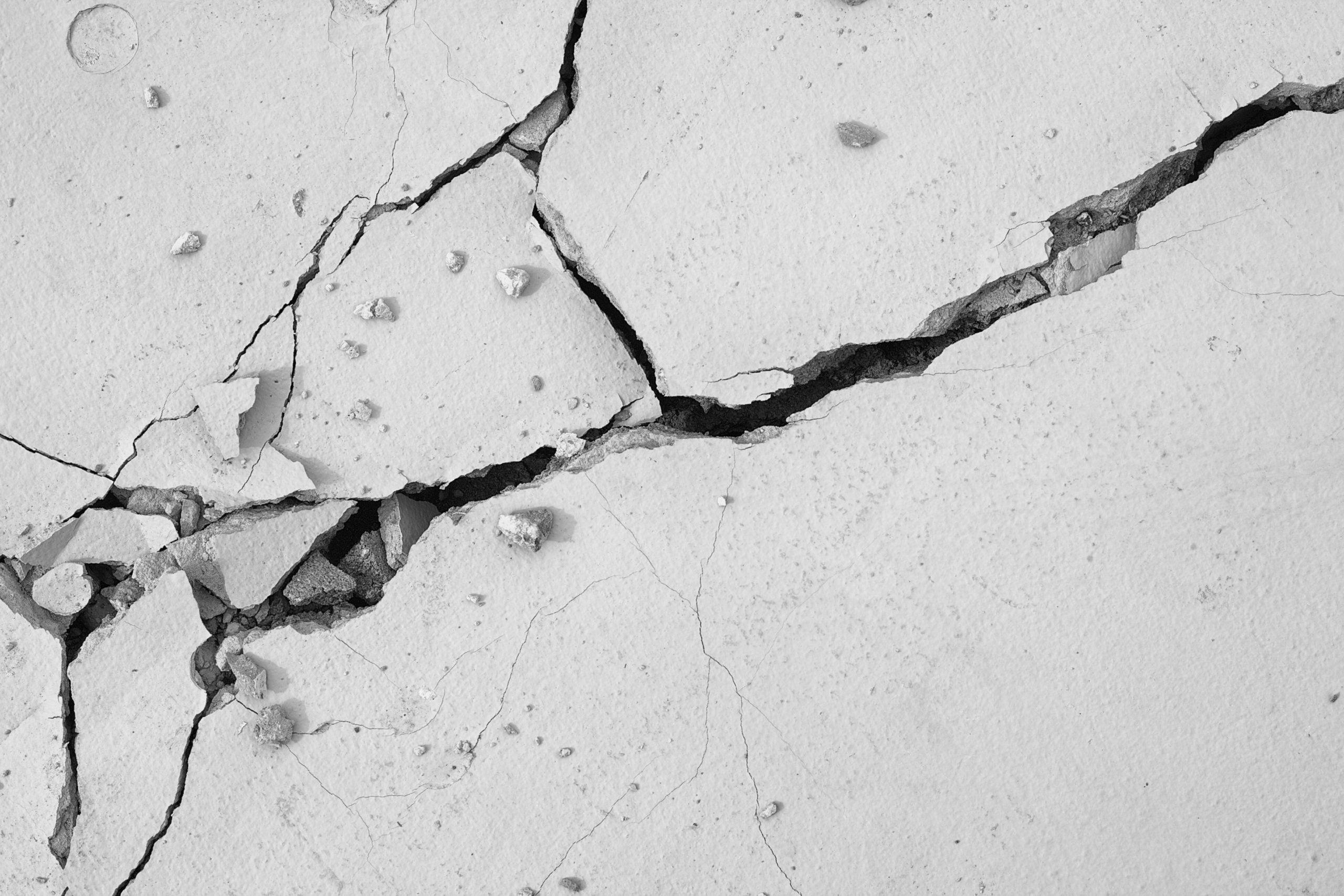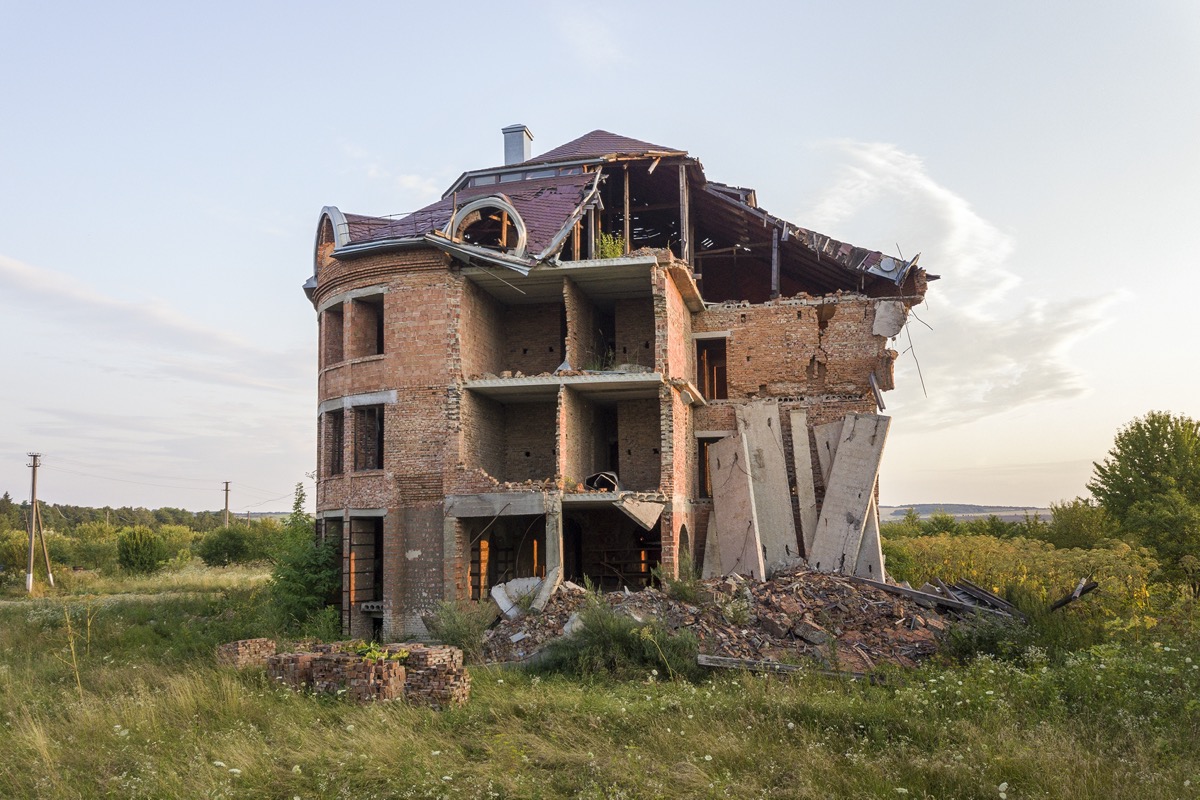There are many different types of building materials used in the construction industry including Concrete, Steel, Wood and Masonry. Every single material is varied with diverse properties like weight, strength, durability and cost making it suitable for certain types of applications. The choice of materials for construction is based on cost and effectiveness to resisting the loads and stresses acting on the structure. Architects and builders work closely with their clients and decide on the type of Construction and Building Materials to be used in each project.
Now, the construction industry in India fits in a variety of locally sourced materials. This highly depends on the kind of construction, which range from ‘Kuccha’ mud houses to modern town infrastructures that use prime building materials. The pressing problem with the industry is, however, the way the source materials are obtained. Sand mining, open fly ash factories, and disregard of sustainability standards have had a huge impact on the environment across the past decades. While the civil engineering and construction industry has boomed over the past decade, the country faces strong challenges from the exhaustive and highly polluting nature of building materials. Problems like illegal sand mining have been affecting the river systems. Densely clustered city planning has been leading to climatic disasters like the one our nation’s capital city has been fighting with for over a decade now.
http://kaminakapow.com/wp-json/oembed/1.0/embed?url=http://kaminakapow.com/portfolio/crochet-designs/ Construction and Building Materials used in India
The new age infrastructure weights a blend of innovative construction styles along with the use of vigorous technology and high end and durable construction and building material to bring in the desired shell life and sustainability. With upsurging numbers of skyscrapers and huge infrastructure projects being planned, the need for them to be made up of most appropriate materials has risen. In 1990, the Indian Government took an initiative under the Building Materials & Technology Promotion Council (BMTPC) to encourage and promote sustainable, energy efficient and environmentally feasible building materials. The commonly used construction and building materials in India includes:
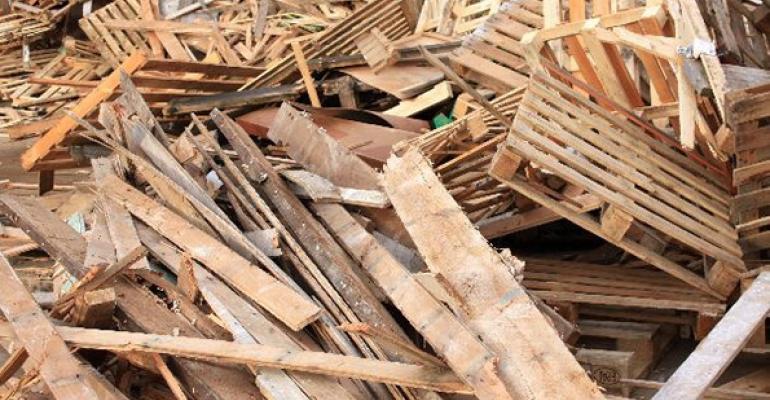
http://telegraphharp.com/wp-json/oembed/1.0/embed?url=http://telegraphharp.com/catalog-store/ Source
1. Wood
Compared to alternatives like plastic and other engineered products, wood offers a great natural advantage. Traditionally, wood construction has been the primary choice of Indian construction, especially in rural areas. In modern times, wood as a building material is also making headway into urban spaces. The advantages include:
- High tensile strength – lightweight and higher self-support length
- Heat and electrical resistance – natural resistance to construction and heat – offering more stability and safety
- Sound absorption – Naturally acoustic properties make it a great advantage in city living and workspaces
- Aesthetic – Again, the natural touch of wood is fresh. Also, an incredible range of wood is available, based on the need.
Wood construction, however, has its set of disadvantages including:
- Deforestation – sourcing requires cutting down of trees
- Prone to damage – Easily damaged by natural elements
- High maintenance – requires expensive maintenance
2. Plastic
Mainly used as polymers in the construction industry, they form a relatively small percentage of the building materials in India. Its advantages include:
- Can be molded into any shape or form
- Hard, resilient, heat tolerant
- Immune to water damage
- Cost effective
However, at the same time,
- Environment damage – Is not biodegradable and hence pollutes the environment
- Flammable – Can be an easy cause of fires
3. Glass
Glass has become an exceedingly important material in the urban scape. Not just corporate offices, but even modern homes are using glass as a façade alternative. The main advantages include:
- Beautification – Looks good from outside
- More sunshine – allows for maximum use of daylight, while saving energy costs
- Privacy – Comes in a huge variety of reflective surfaces to offer privacy
- UV Resistant – Keeps off the harmful UV rays from the indoors
However, glass fails when it is about:
- Costly – Expensive to deploy and needs to be carefully handled
- High maintenance – Requires regular cleaning and this can be challenging with high glass walls
- Security concerns – Privacy and safety can be compromised
4. Metal
Aluminum and steel alloys form a big part of the construction industry across the globe and are in fact the framework for big structures. The strengths lie in:
- Flexibility and resilience – Highly durable and strong
- Weatherproof – Can withstand adverse climatic conditions to a great extent
- Fire resistant – less prone to burning, compared to wood or glass
Its disadvantages include:
- Prone to rust – and consequently affects the structural integrity of the construction
- Difficult to seal – inconvenient to design
- Expensive – metal constructions are highly expensive. Also, they require high maintenance
5. Cement
Cement is a binder and is perhaps the crux of all kinds of construction across India. It offers strong resilience to the construction and overall integrity of the building. The advantages include:
- Massive and are better at accumulating heat – a longer warming/cooling cycle
- Strong – can resist high compressive load
- Easily manufactured
However, cement brings in several disadvantages when you look at the environment side of the issue. They have:
- High carbon footprint
- Are too hard and consequently very brittle – prone to cracking
- Weather quickly – suck up dirt and dampness
6. Bricks and Blocks
Made up of clay or mud, bricks come in several shapes and offer high strength to the construction. They have long been used to construct homes and offices across India. Its advantages include:
- High thermal stability
- Made from local materials
- Cheap to manufacture and durable to use
- Offers a range of insulation, moisture absorption and resonance properties
However, bricks are:
- Environmentally damaging – soil excavation resulting in soil erosion
- Requires high construction costs
 7. Fly Ash Bricks
7. Fly Ash Bricks
Fly Ash Bricks is a building material made using class C or class F fly ash and water. Fly ash is a byproduct from coal-fired power plants that are frequently used as an admixture in concrete to replace a portion of the Portland cement. Fly ash bricks are very commonly used in India mainly in the construction of low-rise buildings.
Few categories of fly ash bricks are also made from mineral residue, glass, water, and fly ash. They are energy efficient, water-resistant and provide natural thermal insulation for a low-cost house. But, they too come with certain disadvantages, these include:
- Slow Strength Gain
- Longer Setting Times
- Poor Air Content Control
Read more at: Disadvantages Of Using Fly Ash Bricks In Your Project6. Concrete
Concrete, as in cement brings in the same set of advantages and disadvantages. They are long lasting building materials and have become the foundation for India’s bridges, highways, reservoirs, dams, parking structures, and everything big.
8. Concrete
Concrete, as in cement brings in the same set of advantages and disadvantages. They are long lasting building materials and have become the foundation for India’s bridges, highways, reservoirs, dams, parking structures, and everything big.
9. Ferrocement Wall Panels
Ferrocement is made of cement mortar reinforced with small diameter closely spaced steel wire mesh to form a thin section conforming high performance of serviceability. It is a type of slim wall reinforced concrete panel where hydraulic cement is casted with closely spaced layers of continuous small diameter metal mesh. Ferrocement wall panels are used for walling and are particularly suitable where speedy construction is needed.
Salient features:
- Energy efficient
- Cost effective
- Dimensional regularity in size and shape
- Saves time in construction
10. Clay Bricks – The Most Superior Building Material
Clay bricks are, first of all, ideal for the tropical climate like India. Consequently, it has also been the oldest known building material for its utility and high sustainability. What’s more important is that clay brick is the healthiest and greenest of all the alternative solutions. Sourcing of clay is the least devastating on the environment and it can even be recycled into the process.
There are others too…
Apart from the ones listed above, plastic, ceramic and foam are other commonly used construction and building material in India.
– Foam– This one is mainly used for insulation purposes. Foam is known for its properties for maintaining temperatures, being light in weight and extremely flexible between building materials like cement and wood.
– Ceramic – a tile or fixture that is made up of clay that are fired up in kilns. These are mainly used in construction project for flooring, walls, counter tops and occasionally for ceilings in buildings.
– Bamboo – unquestionably, bamboo is one of the first construction and building materials known to man. While this material isn’t used extensively in urban construction, you may still see them in good use in rural areas. Bamboo is a perfect green building material that has been very popular in India due to its durability and low cost.
Final Words
As the need for futuristic homes increase, we also need to be responsible for the environmental impact that our population leaves behind. Choosing green building materials like clay can help the cause of the environment and is perhaps the best solution at hand presently.
Curated by editor at Wienerberger India
Like this story? Or have something to share? Write to us: gosmartbricks@gmail.com or connect with us on Facebook and Twitter.


